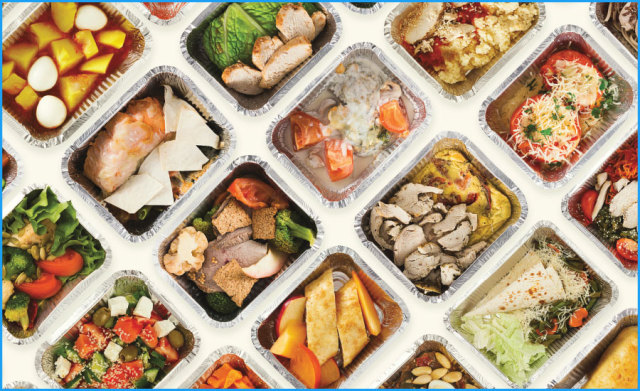Since early times, farmers, fishermen, and trappers have preserved grains and produce in unheated buildings during the winter season. Freezing food slows down decomposition by turning residual moisture into ice, inhibiting the growth of most bacterial species. In the food commodity industry, there are two processes: mechanical and cryogenic flash freezing. The freezing kinetics is important to preserve the food quality and texture. Quicker freezing generates smaller ice crystals and maintains cellular structure. Cryogenic freezing is the quickest freezing technology available due to the ultra low liquid nitrogen temperature .
Preserving food in domestic kitchens during modern times is achieved using household freezers. Accepted advice to householders was to freeze food on the day of purchase. Frozen products do not require any added preservatives because microorganisms do not grow when the temperature of the food is below ?9.5 °C (15 °F) which is sufficient on its own in preventing food spoilage. Long-term preservation of food may call for food storage at even lower temperatures.
To be used, many cooked foods that have been previously frozen require defrosting prior to consumption. Preferably, some frozen meats should be defrosted prior to cooking to be cooked through evenly and in good texture. The defrost system in freezers helps the equipment to perform properly, without thick layers of ice developing and preventing the evaporator coil from absorbing heat and cooling the cabinet.

